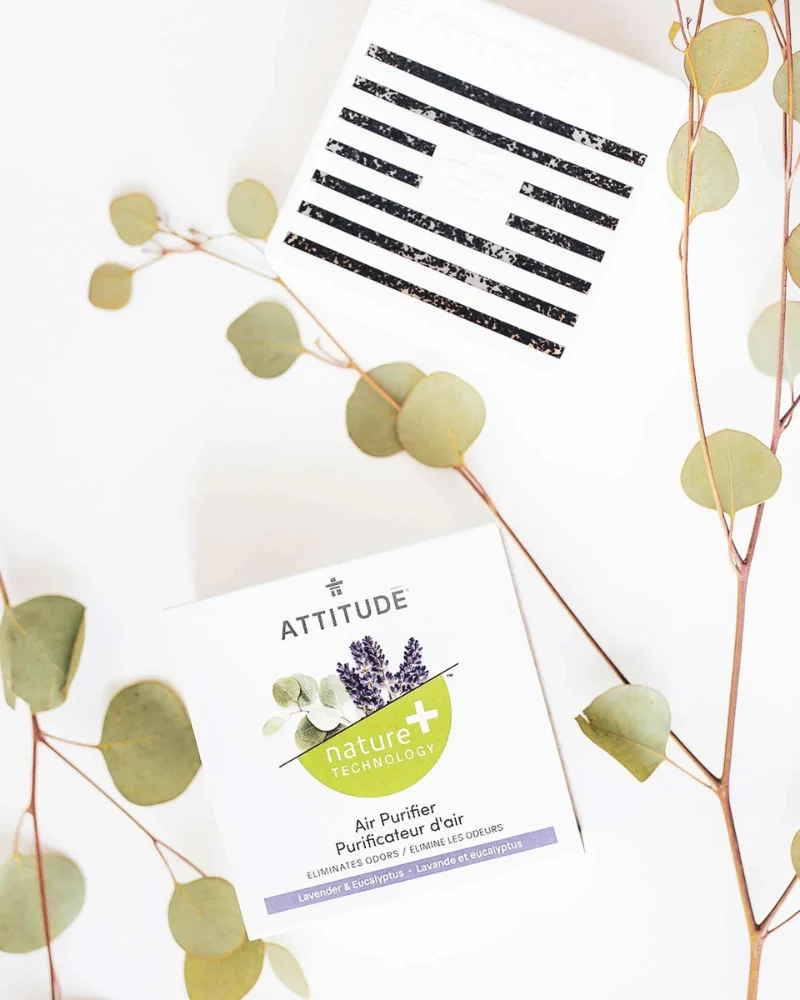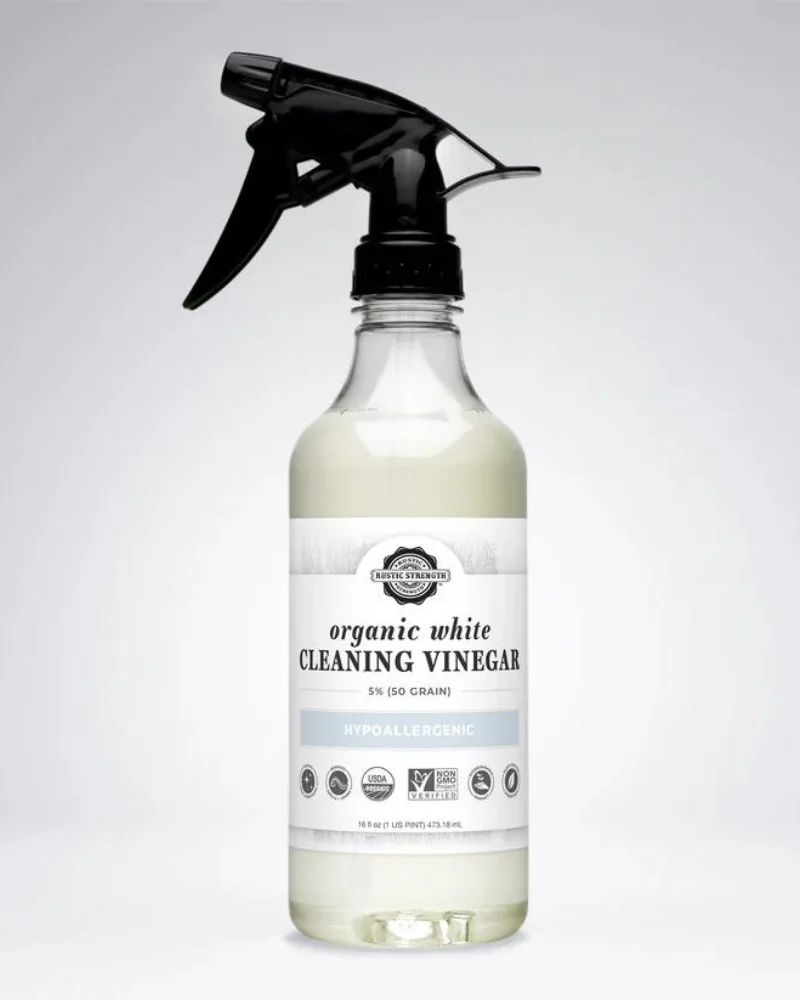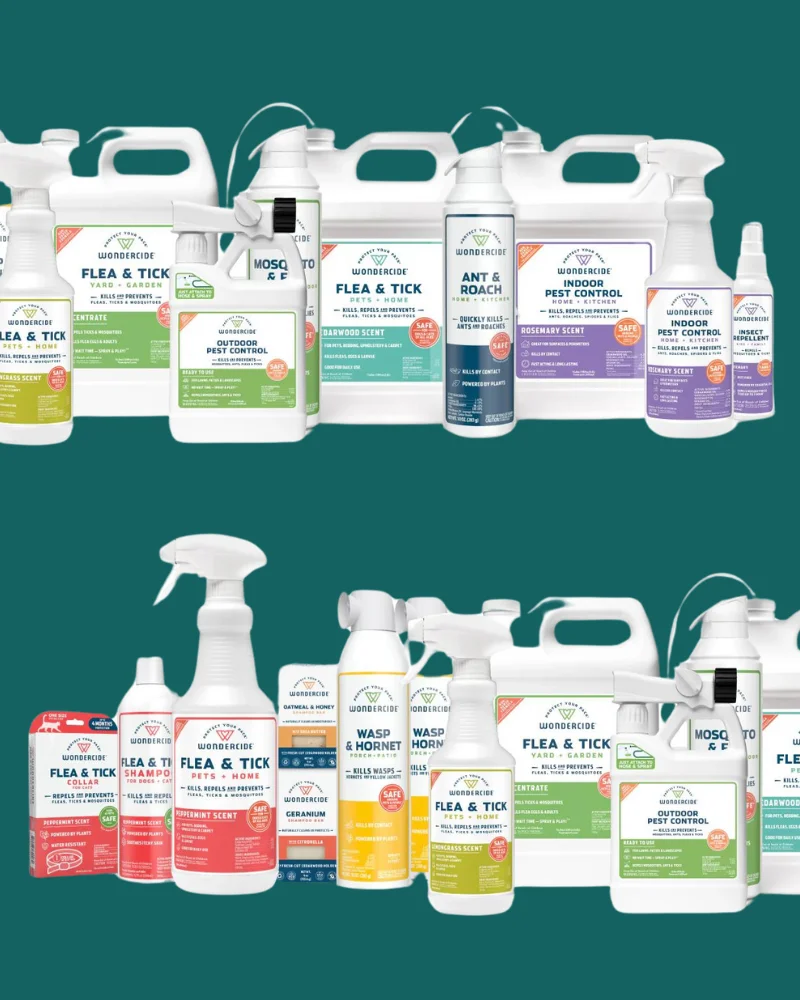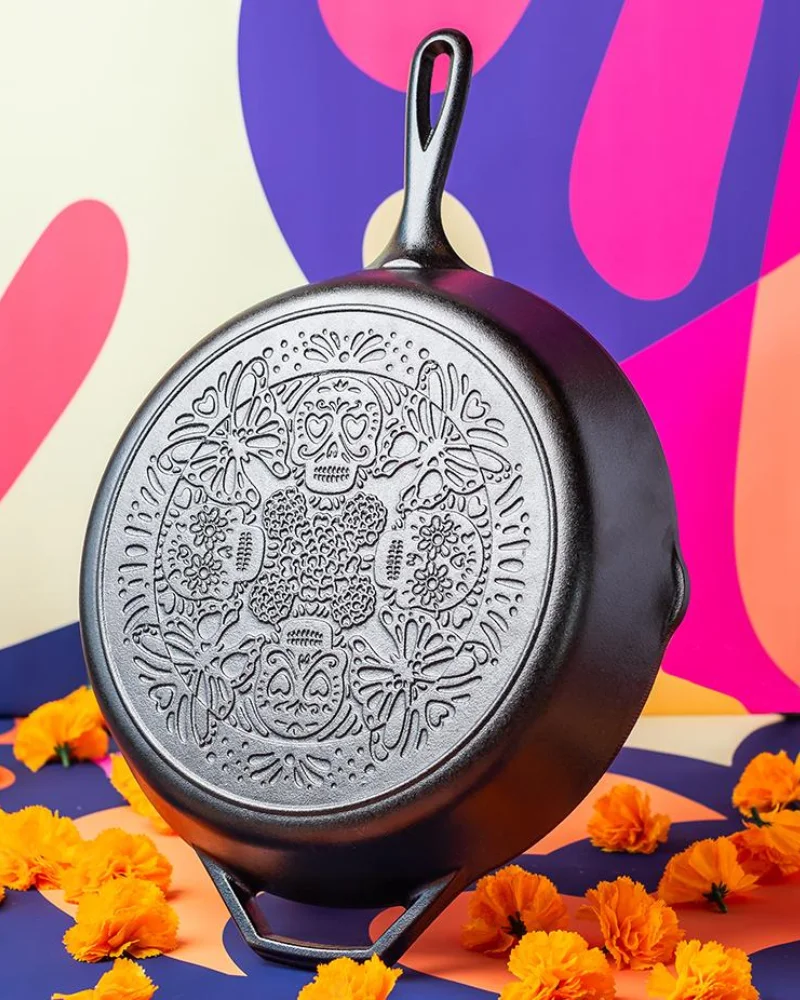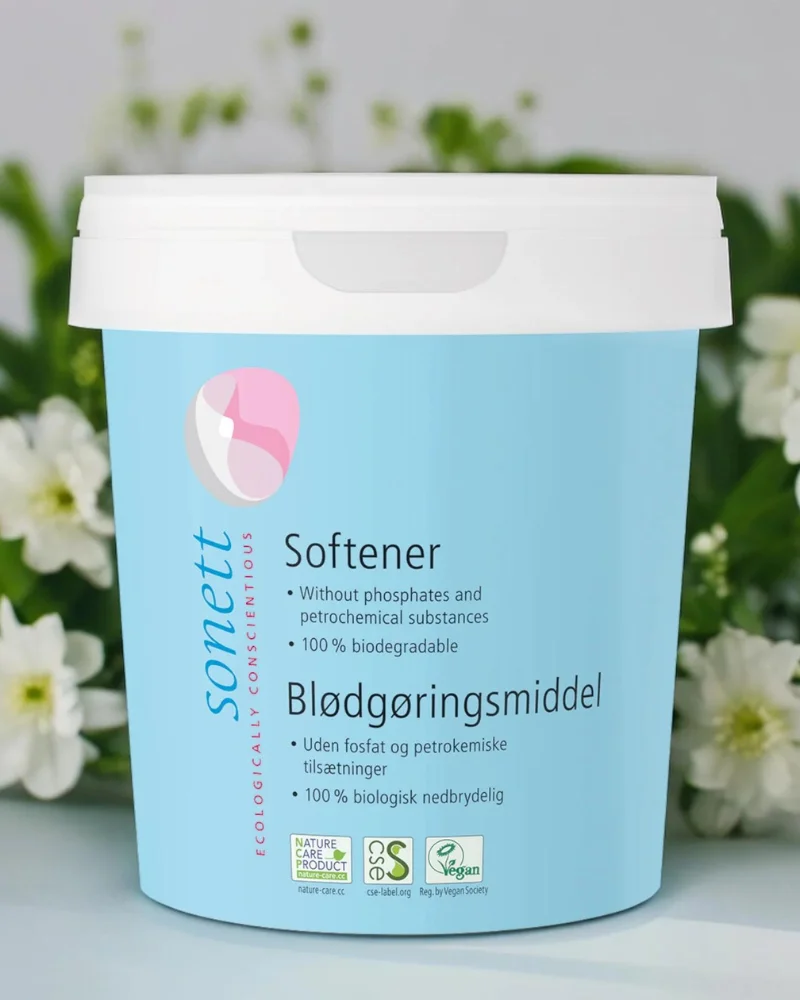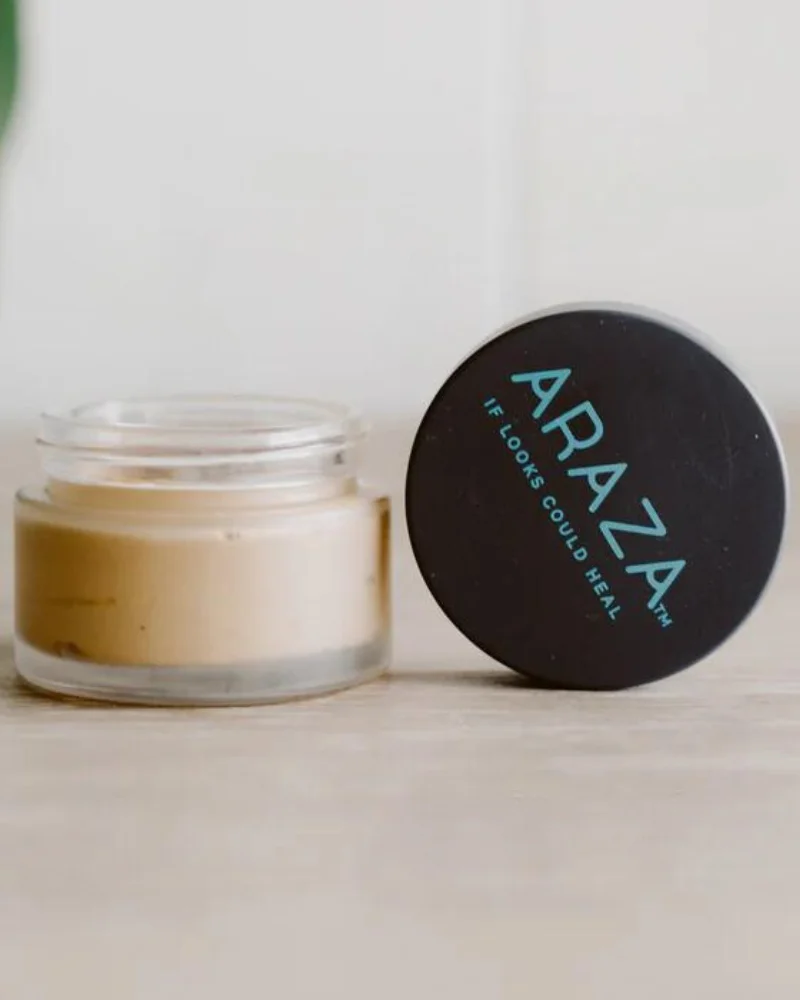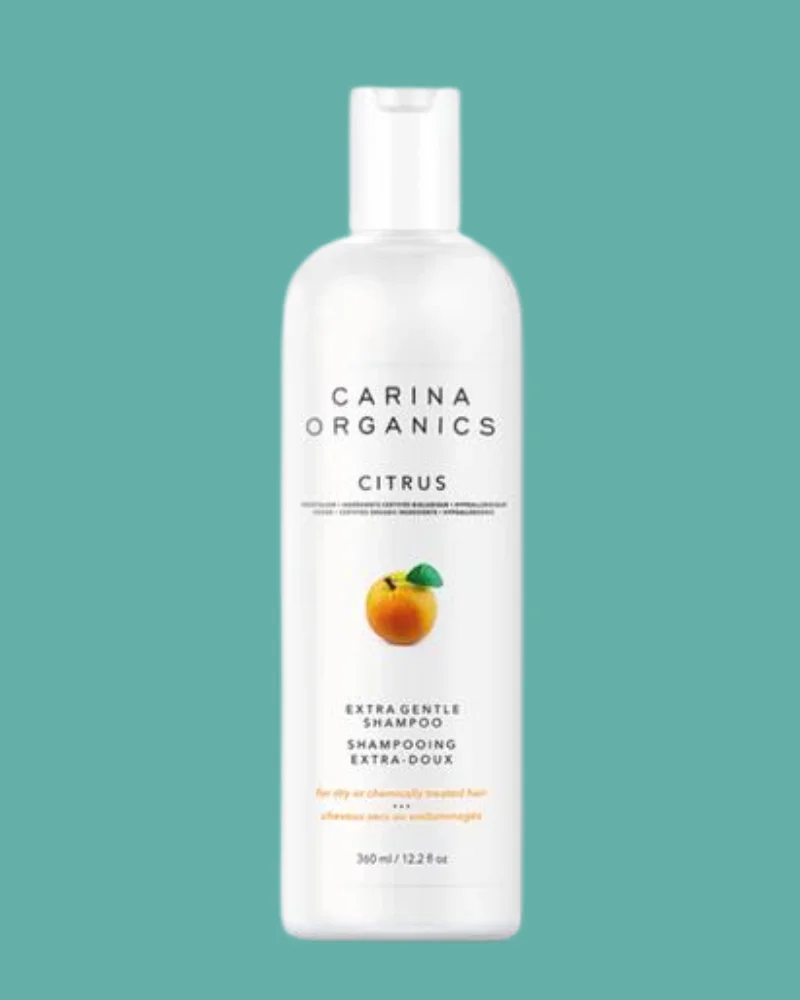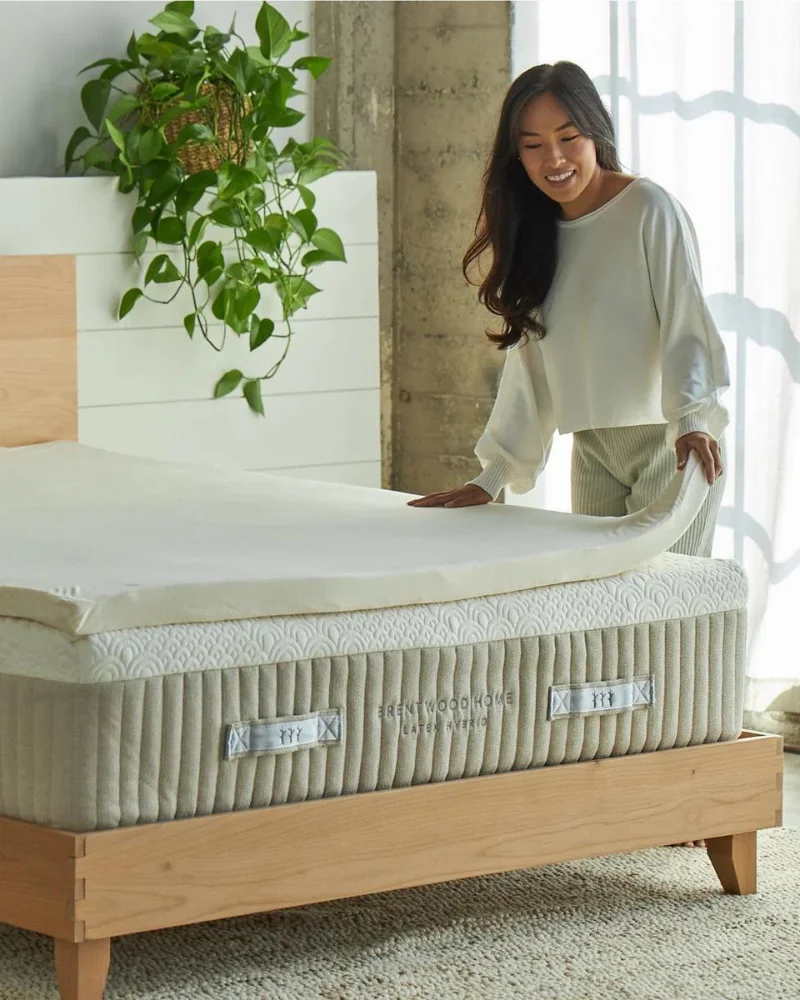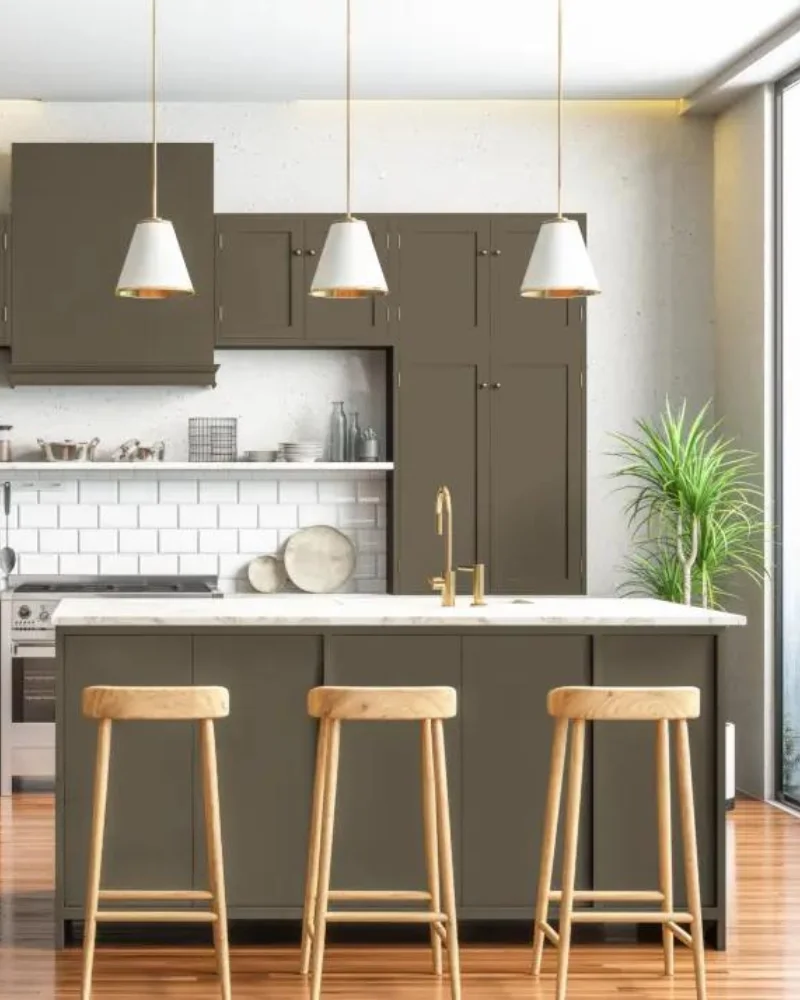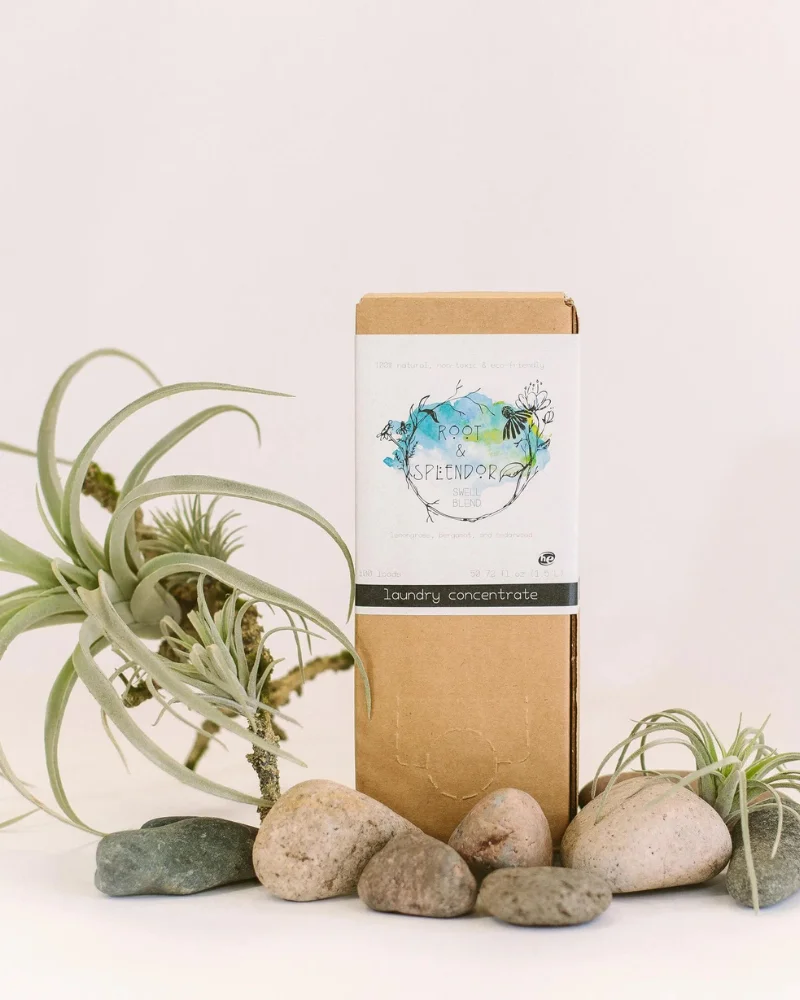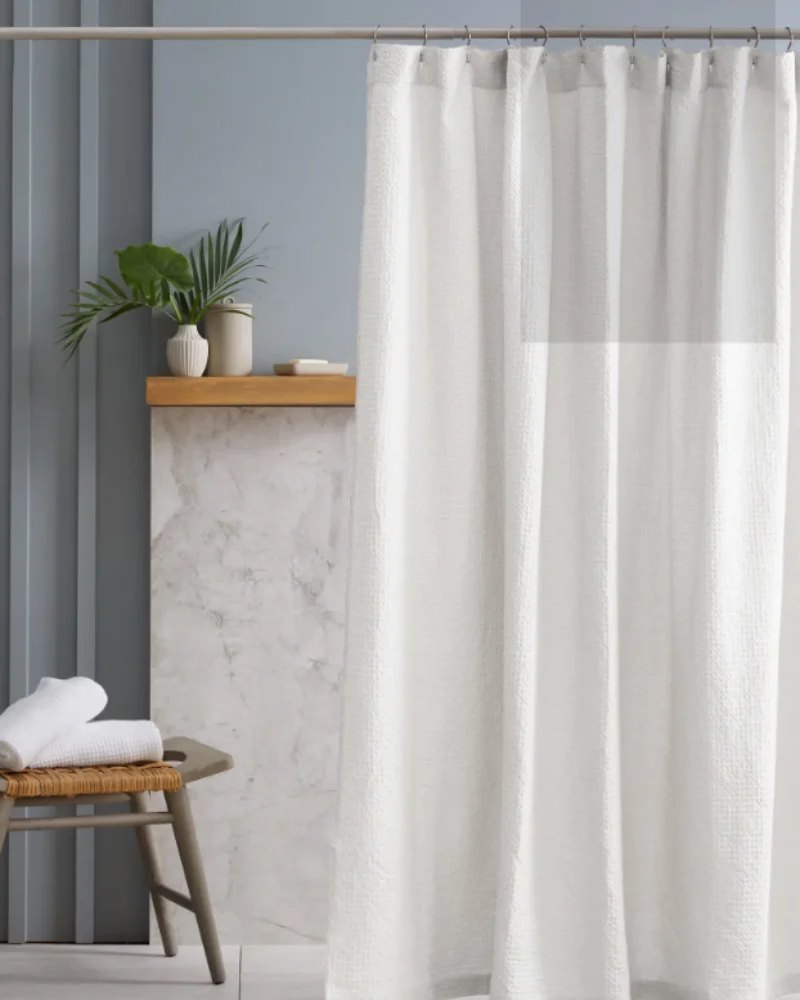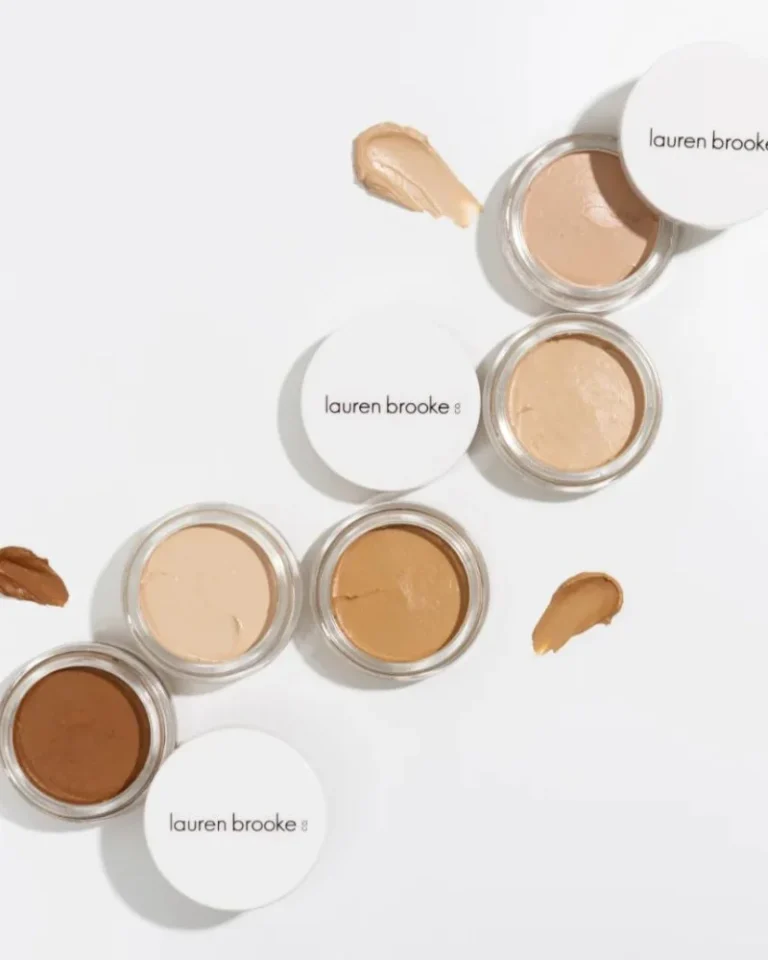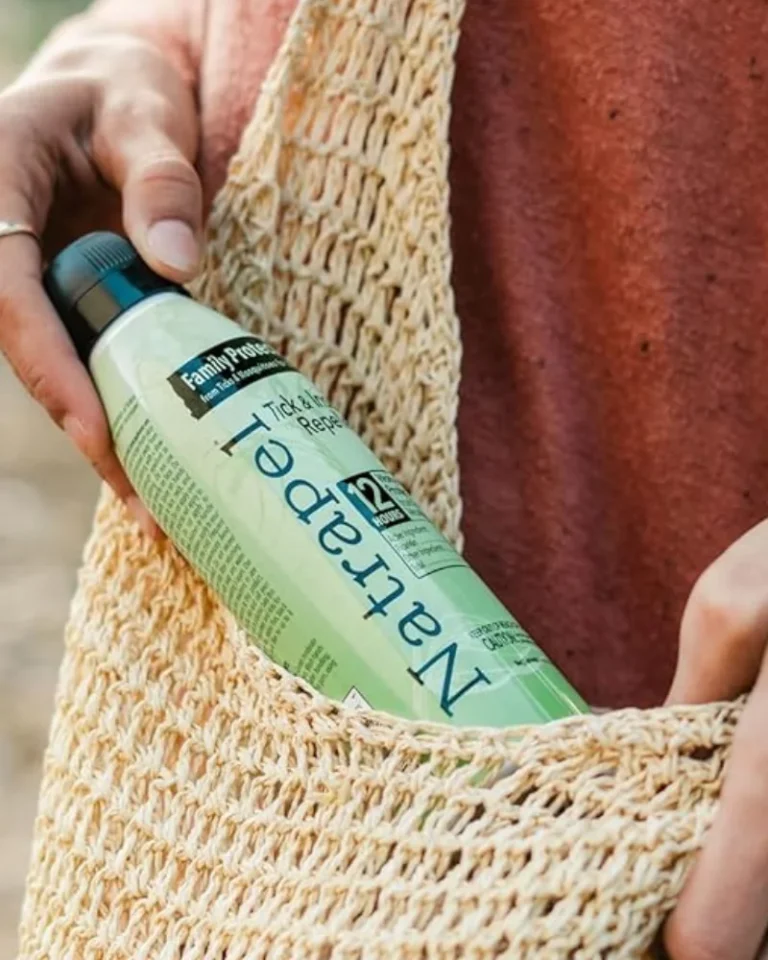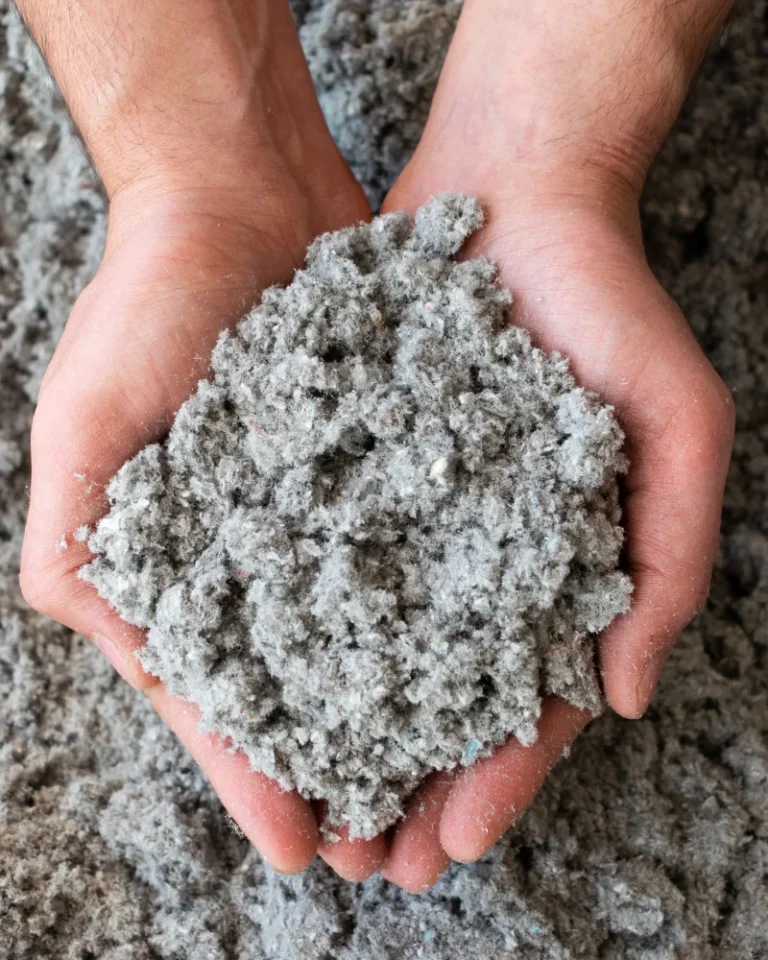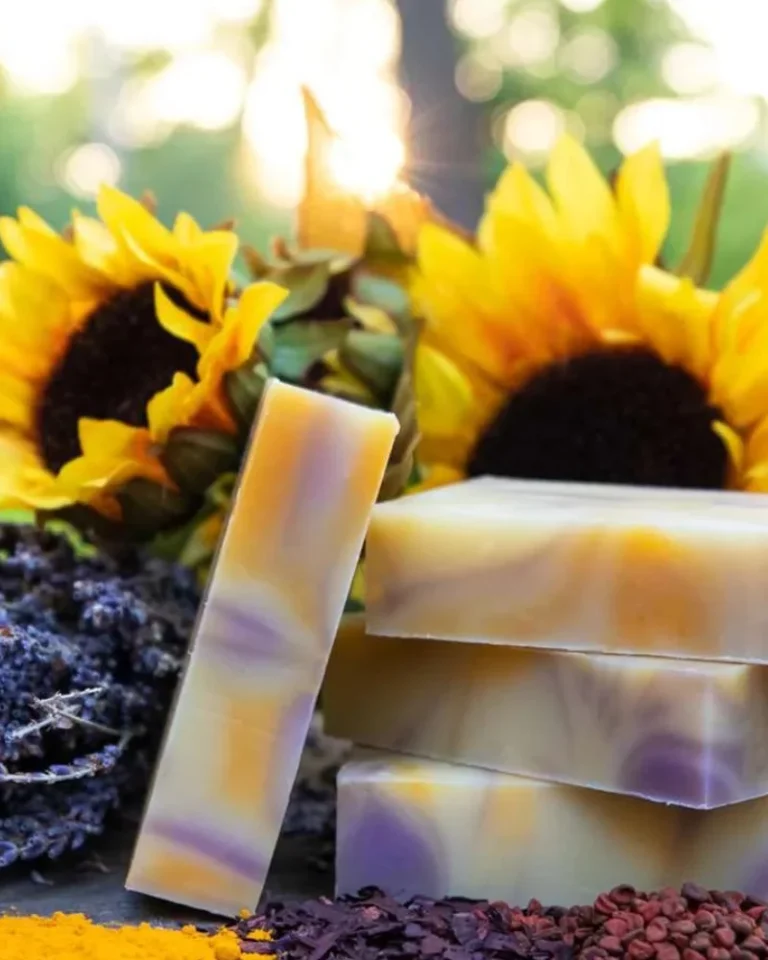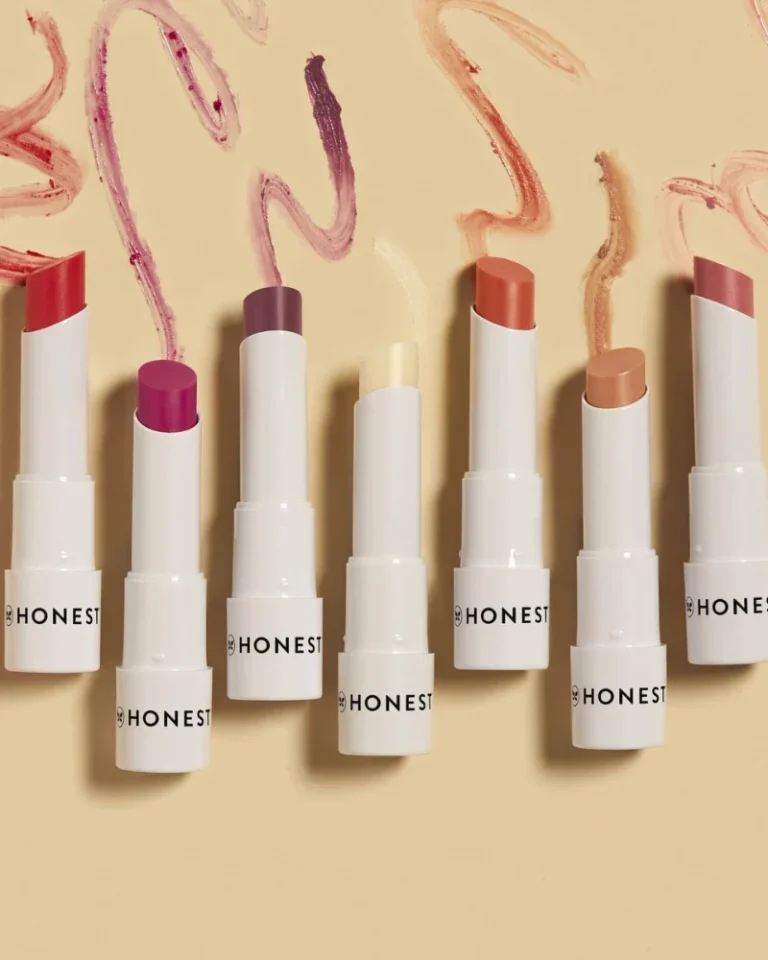This post may contain affiliate links. By browsing this website, you agree to our disclaimer, privacy policy, and terms of use.
Are you eager to embrace a healthier, non-toxic lifestyle but worried that non-toxic living on a budget isn’t possible?
In a world where “organic” and “all-natural” often come with a hefty price tag, it’s easy to feel discouraged from making the switch.
But what if we told you that non-toxic living doesn’t have to be a luxury reserved for the wealthy?
Welcome to your ultimate guide to non-toxic living on a budget! We’re here to show you that creating a safer, healthier home is possible without draining your bank account.
With a few smart strategies and savvy choices, you can reduce your exposure to harmful chemicals and transform your living space into a non-toxic haven.
We get it – when you’re on a tight budget, it can be tempting to reach for the cheapest option on the shelf. But the truth is, those cheap, convenient products often contain some of the most toxic ingredients that can harm your health in the long run.
From endocrine-disrupting chemicals in cleaning supplies to hidden toxins in personal care products, the cost of using conventional items goes beyond just the price tag.
But don’t worry! You don’t have to overhaul your entire life overnight. By focusing on small, incremental changes and prioritizing the products that make the biggest impact, you can gradually detox your home without breaking the bank.
So if you’re ready to embrace a cleaner, greener lifestyle without emptying those pockets, keep reading for tips and affordable non-toxic household essentials– most under $50!
We’ll guide you through the process of creating a non-toxic home, one affordable step at a time. Let’s get to it!
What are the most toxic products commonly found in most households?
| Toxic Household Product | Toxic Chemicals | Why They Are Found in the Product | Associated Health Risk |
| Air Fresheners | VOCs (formaldehyde, benzene), phthalates | To provide fragrance, mask odors | Respiratory issues, headaches, hormonal disruptions, potential carcinogen |
| Cleaning Products | Ammonia, chlorine bleach, triclosan, perchloroethylene, 2-butoxyethanol | To clean, disinfect, degrease | Skin/eye irritation, respiratory problems, hormone disruption, potential carcinogen |
| Pesticides | Organophosphates, carbamates, pyrethroids, glyphosate | To kill insects, weeds, and fungi | Neurological damage, developmental problems, endocrine disruption, cancer, reproductive issues |
| Non-Stick Cookware | PFAS (PFOA, PFOS) | To create a non-stick surface | Liver damage, thyroid problems, immune system suppression, developmental issues, potential carcinogenicity |
| Fabric Softeners & Dryer Sheets | Fragrance chemicals, phthalates, QUATS | To soften fabrics, reduce static, add fragrance | Allergies, skin irritation, respiratory problems, potential endocrine disruption |
| Cosmetics & Personal Care | Parabens, phthalates, formaldehyde-releasing preservatives, synthetic fragrances, lead (in some lipsticks), 1,4-dioxane | To preserve, add fragrance, enhance texture/color | Endocrine disruption, allergies, skin irritation, reproductive issues, potential carcinogen |
| Furniture & Mattresses with Flame Retardants | PBDEs, OPFRs | To meet flammability standards | Neurological problems, developmental delays, endocrine disruption, reproductive issues, potential carcinogen |
| Paint & Paint Thinners | VOCs (formaldehyde, benzene, toluene, xylene) | To provide color, improve application, act as solvents | Eye, nose, and throat irritation, headaches, dizziness, nausea, liver and kidney damage, potential carcinogenicity |
| Shower Curtains | PVC, phthalates, VOCs | To create a waterproof barrier, flexibility, and odor control | Respiratory issues, endocrine disruption, potential developmental and reproductive effects |
11 Best Budget-Friendly Non-Toxic Products Of 2024
1. Air Fresheners
Non-Toxic Swap: Attitude Nature+ Air Purifier
Air fresheners, often laden with volatile organic compounds (VOCs) and phthalates, can pose a significant risk to respiratory and hormonal health.
These chemicals can irritate the lungs, trigger asthma attacks, and disrupt the endocrine system, potentially leading to long-term issues.
By swapping them out, you improve indoor air quality, reducing the chances of respiratory problems and hormonal imbalances.
Choosing natural alternatives like essential oil diffusers or simply opening windows can create a fresher, healthier environment for you and your loved ones, especially those with sensitivities or pre-existing conditions.
Price
$7.95
Notable Features
Solid air purifier, formulated with ingredients of plant and mineral origin, contains activated carbon to eliminate odors and trap contaminants, contains resin to diffuse the natural fragrance
location/shipping
United States, ships within the US.
2. Cleaning Products
Non-Toxic Swap: Rustic Strength Organic White Vinegar Cleaning Spray
Most cleaning products harbor a range of toxic chemicals, including VOCs, chlorine bleach, ammonia, phthalates, and formaldehyde.
These substances can trigger respiratory problems, skin irritation, hormonal disruptions, and even increased cancer risk.
Swapping to non-toxic alternatives improves indoor air quality, safeguarding your family, particularly vulnerable groups like children and the elderly.
Choosing plant-based cleaners or DIY solutions helps mitigate these risks and promotes a healthier home environment.
Price
$13.00
Notable Features
Pre-diluted 50-grain concentration perfect for tackling a wide range of cleaning tasks, Certified Organic by Quality Assurance International, Certified Non-GMO by The Non-GMO Project
location/shipping
United States, ships within the US and Canada.
3. Pesticides
Non-Toxic Swap: Wondercide
Toxic pesticides, containing neurotoxins and potential carcinogens, pose serious health risks like neurological damage, respiratory problems, and even cancer.
Children and pets are especially vulnerable due to their developing bodies.
Embracing natural pest control methods like diatomaceous earth or neem oil safeguards your family’s health and protects the environment.
By eliminating these harmful chemicals, you create a safer home, reduce long-term health concerns, and contribute to a healthier planet.
Price
$36.99
Notable Features
Infused with natural cedarwood essential oil, leaving your home smelling fresh while kicking pests to the curb, No artificial colors or synthetic fragrances, Safe for humans or pets
location/shipping
United States, ships within the US.
4. Non-Stick Cookware
Non-Toxic Swap: Lodge Cast Iron Pan
Non-stick cookware made with PFCs like PFOA and PFOS can leach harmful chemicals into your food especially when cooking at high heat, increasing your risk of cancer, hormone disruption, and other serious health problems.
These “forever chemicals” accumulate in your body and the environment, posing a particular threat to children’s development.
By switching to PFC-free cookware, you safeguard your family’s health.
Price
$23.95
Notable Features
Lifetime Warranty, Oven Safe Up to 500°F+, Comes pre-seasoned with 100% natural vegetable oil
location/shipping
United States, ships within the US.
5. Fabric Softeners & Dryer Sheets
Non-Toxic Swap: Sonett’s Organic Laundry Softener
Fabric softeners and dryer sheets often contain a cocktail of harmful chemicals like fragrance compounds, QUATS, and VOCs, linked to respiratory issues, skin allergies, and even endocrine disruption.
These chemicals leave residues on clothes, potentially irritating skin and contributing to poor indoor air quality.
Swapping them out for natural alternatives like wool dryer balls or vinegar safeguards your family’s health, especially for those with chemical sensitivities.
Price
$14.99
Notable Features
3 all-natural, mineral-based ingredients, Allow your detergent to work more effectively and save you money since you need less laundry detergent.
location/shipping
Germany, ships to select international countries.
6. Conventional Cosmetics
Non-Toxic Swap: Araza’s All-In-One Coconut Cream Foundation
Conventional cosmetics often harbor a cocktail of harmful chemicals like parabens, phthalates, and synthetic fragrances, linked to cancer, hormone disruption, and allergies.
These toxins can be absorbed through the skin, potentially impacting your long-term health.
Switching to non-toxic cosmetics minimizes your exposure, safeguarding your endocrine system, promoting healthier skin, and reducing allergy risks.
Price
$48.00
Notable Features
Made with 95% organic skin superfood ingredients, coconut post-biotic balances your skin’s microbiome while boosting moisture, natural SPF 25, blue-light blocking, and anti-pollution properties.
location/shipping
United States, ships to the US, Canada, Switzerland, Australia, and Norway.
7. Personal Care Products
Non-Toxic Swap: Carina Organics Shampoo
Lots of personal care products often contain harmful chemicals like parabens, phthalates, and synthetic fragrances, linked to cancer, hormone disruption, and allergies.
These toxins are absorbed through the skin, potentially impacting your long-term health.
Switching to non-toxic alternatives safeguards your endocrine system, promotes healthier skin and hair, and reduces allergy risks.
Choosing natural and organic options is especially crucial for protecting vulnerable groups like children and pregnant women.
Price
$12.99
Notable Features
100% natural, synthetic-free shampoo packed with hand-selected, organic ingredients from the Pacific Northwest, Palm oil is responsibly sourced, and their beeswax comes from small-scale, eco-friendly local farms
location/shipping
Canada, ships to North America
8. Furniture & Mattresses With Flame Retardants
Non-Toxic Swap: Brentwood Home Organic Latex Mattress Topper
Furniture and mattresses treated with flame retardants can leach harmful chemicals like PBDEs and OPFRs, linked to neurological issues, hormone disruption, and even cancer.
These toxins accumulate in dust, posing risks through inhalation and ingestion, especially for children and vulnerable individuals.
Opting for flame-retardant-free options, crafted with natural materials, safeguards your family’s health and creates a safer indoor environment.
This proactive choice reduces long-term health concerns and minimizes environmental pollution, promoting a healthier future for all.
Price
$179.00
Notable Features
Made from GOLS Certified organic latex, GOTS Certified organic cotton from Canada or India, GREENGUARD Gold Certified, Comes in sizes Twin – California King
location/shipping
United States, ships within the US.
9. Paint & Furniture Finishes
Non-Toxic Swap: ECOS Paints
Conventional paints and finishes often emit harmful VOCs like formaldehyde, benzene, and toluene, even long after application.
These chemicals can cause immediate issues like headaches and respiratory irritation, and long-term exposure increases the risks of organ damage and cancer.
Choosing low or zero-VOC paints significantly improves indoor air quality, particularly crucial for vulnerable individuals like children and those with respiratory conditions.
Price
$49.95 per gallon
Notable Features
Conforms to ASTM-D4236, specifically concerning oral toxicity, skin irritation, and respiratory effects, Conforms to CDPH 01350 (VOC emissions test taken at 11, 12, & 14 days for classroom and office use)
location/shipping
United States, ships to select international countries.
10. Laundry Detergents
Non-Toxic Swap: Root & Splendor Laundry Concentrate
Big box store laundry detergents often contain harmful chemicals like synthetic fragrances, harsh surfactants, and optical brighteners, linked to allergies, skin irritation, and even endocrine disruption.
These residues can linger on clothes, leading to ongoing exposure and potential long-term health concerns.
Opting for non-toxic laundry detergents, like plant-based or DIY options, minimizes these risks, promoting healthier skin and respiratory systems.
It’s a simple change with significant impact, plus, it’s a step towards a cleaner environment, reducing water pollution and protecting aquatic life.
Price
$22.00
Notable Features
100% plant-based ingredients, innovative bag-in-box design achieves an impressive 800% reduction in pollution compared to traditional plastic jugs, hypoallergenic– suitable for sensitive skin.
location/shipping
United States, ships within the US.
11. Shower Curtains
Non-Toxic Swap: Quince’s Organic Luxe Waffle Shower Curtain
Conventional shower curtains, often made from PVC, release harmful chemicals like phthalates and VOCs into your bathroom, especially when hot and steamy.
These toxins can disrupt hormones, irritate the respiratory system, and even increase cancer risk.
Switching to non-toxic shower curtains made from natural materials or labeled PVC-free and phthalate-free significantly improves indoor air quality and reduces health risks, particularly for vulnerable groups.
100% organic cotton is always best, but not always the most waterproof.
Price
$49.90
Notable Features
100% organic cotton, machine washable for easy maintenance, free returns within 1 year trial period
location/shipping
United States, ships within the US.
This has been your complete guide to non-toxic living on a budget for 2024.
From the cleaning products we use to the personal care items we apply daily, the choices we make have a significant impact on our health and well-being.
And while it’s easy to assume that living a non-toxic lifestyle is going to cost a whole bunch of money, the truth is that anyone can take steps towards a cleaner, greener home, regardless of their budget.
By prioritizing the changes that matter most, like swapping out toxic cleaning supplies or investing in some cleaner personal care products, you can gradually transform your home into the non-toxic space you desire without making a dent in your piggy bank.
And with a little creativity and a willingness to experiment with DIY solutions, you’ll discover that many of the most effective non-toxic products are the ones you can make yourself using simple, affordable ingredients.
As you start on this journey towards a more non-toxic lifestyle, take pride in knowing that you’re not just saving money – you’re investing in your future health.
Love this article on non-toxic living on budget? Check out these other amazing articles:
